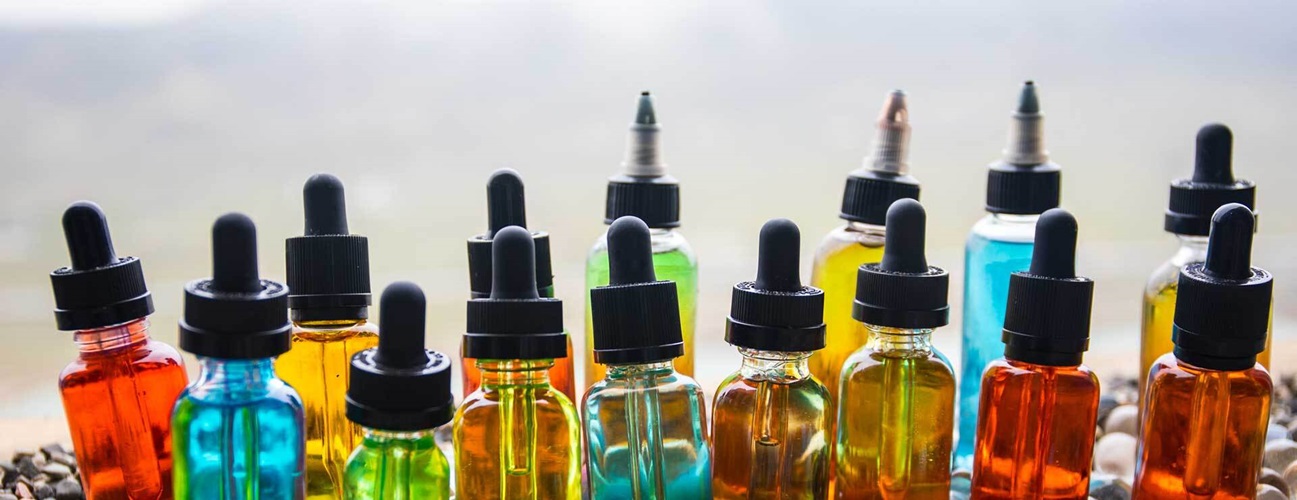
Welcome to the world of vaping! If you are new to vaping, understanding vape liquid, also known as e-liquid or vape juice, is essential. Vape liquid is a key component of vaping and comes in a variety of flavors, nicotine strengths, and compositions. In this beginner's guide, we will explore everything you need to know about vape liquid to help you get started on your vaping journey.
The Basics of Vape Liquid
What is Vape Liquid?
- Vape liquid is a liquid solution used in electronic cigarettes (e-cigarettes) and vaping devices.
- It is vaporized by the device's heating element and inhaled by the user.
- Vape liquid typically consists of propylene glycol (PG), vegetable glycerin (VG), flavorings, and nicotine (optional).
- It comes in a wide range of flavors, from traditional tobacco and menthol to fruity and dessert flavors.
Components of Vape Liquid
- Propylene Glycol (PG): PG is a synthetic liquid substance that is odorless and colorless. It is used as a base in vape liquid to carry flavor and nicotine.
- Vegetable Glycerin (VG): VG is a natural liquid that is derived from vegetable oils. It is thicker than PG and is responsible for producing vapor in the e-cigarette.
- Flavorings: Flavorings are added to vape liquid to create a wide variety of tastes, ranging from traditional tobacco flavors to exotic fruits and desserts.
- Nicotine: Nicotine is an optional component in vape liquid and is available in various strengths, from nicotine-free to high levels of nicotine.
Choosing the Right Vape Liquid
Factors to Consider
- Nicotine Strength: If you are a smoker looking to switch to vaping, choosing the right nicotine strength is crucial. Beginners are advised to start with lower nicotine levels and gradually increase as needed.
- Flavor Preference: Vape liquid comes in a plethora of flavors, so choose one that appeals to your taste buds. Experiment with different flavors to find your favorites.
- PG/VG Ratio: The PG/VG ratio determines the throat hit and vapor production of the vape liquid. A higher PG ratio provides a stronger throat hit, while a higher VG ratio produces more vapor.
- Allergies and Sensitivities: Some individuals may have allergies or sensitivities to certain ingredients in vape liquid, so it's important to read the product labels carefully.
How to Use Vape Liquid
Filling Your Vape Device
- Remove the tank or cartridge from your device.
- Unscrew the top cap or mouthpiece to access the filling port.
- Fill the tank with vape liquid, making sure not to overfill it.
- Replace the top cap or mouthpiece securely.
- Allow the coil to saturate with the vape liquid for a few minutes before vaping.
Maintaining Your Vape Device
- Regularly clean your device to prevent residue buildup.
- Replace coils or wicks when they become worn out for optimal performance.
- Store your vape liquid in a cool, dark place away from direct sunlight and heat.
- Keep your device away from water and moisture to avoid damage.
Safety Tips for Vaping
General Safety Guidelines
- Keep vape liquid out of reach of children and pets.
- Avoid directly inhaling vape liquid or getting it on your skin or eyes.
- Do not attempt to modify your vape device or use it in ways other than intended.
- Charge your device with the manufacturer's recommended charger to prevent battery issues.
Traveling with Vape Liquid
- Check the regulations of your destination regarding vaping and vape liquid.
- Store vape liquid in a leak-proof container to prevent spills during travel.
- Keep your vape device and liquid in your carry-on luggage to prevent damage or loss.
- Inform airport security officers if you are carrying vape liquid in your luggage.
| vape liquid |
